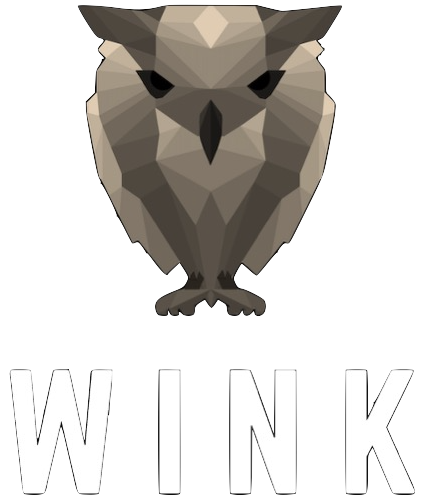#25 - Do Seasons Affect Sleep?
Tromsø is a beautiful town in northern Norway, which lies ~300km within the Arctic Circle at 69 degrees latitude (north of the equator).
When one thinks of a place so close to the North Pole, one might assume it’s a barren place.
But think again.
Tromsø:
has 70,000 residents - most who live on the central island Tromsøya (pictured above)
many are employed at Tromsø’s hospital and University - thus Tromsø has the most northern hospital, university - and even brewery and Burger King (to name a few).
Besides the two picturesque bridges, they have tunnels linking the island to the mainland (and the tunnels under the island have round-a-bouts).
it’s a great place to try and see the Northern Lights
two of their former residents formed the popular band Röyksopp (pictured below with my family). You may not have heard of them, but it’s likely you’ve heard their chillout music.
But of interest to me were the vast seasonal changes the residents of Tromsø experience.
Around the end of November, the sun sets for the last time of the year - and is not seen again till the end of the following January. I’ve made the mistake of calling this the ‘Polar Night’ but many residents quickly correct me - “It’s called the Dark Period”. Their rationale is that twilight is experienced at each end of this Dark Period therefore it is not ‘night’.
Sunset on November 21st 2012 - the last time the sun was to be seen in Tromsø for 2012. Photo taken by Prof Mike Gradisar.
Conversely, the sun does not dip below the horizon for 2 months in the summer time. They call this the Midnight Sun.
Humans love light, with one of the benefits being that it helps regulate our sleep and wake patterns. Those in Scandinavia seem to like sharing the light by placing candles and/or lights in their windows.
Sharing the light in a cafe in Erjsfjord, northern Norway. Photo taken by Prof Mike Gradisar.
So when I visited Tromsø in October in 2010, I heard stories of how the residents love finishing their work day, having their dinner, and then go hiking up a mountain. And at some point they look at their watch and go “Oh, it’s 11 PM. I better get down off this mountain”.
But I also heard other stories about the Dark Period. The family we stayed with talked about the general lowering of the town’s people’s mood. And that it even happens before the Dark Period (i.e., when they have to put the ‘tyre chains’ on their cars in anticipation of the ice and snow (and lack of light). In contrast, the waiter at the restaurant said he liked the Dark Period because of the snow and the lights (he meant Christmas lights and those green and purple rivers in the sky).
Mandatory studded tyres that residents of Tromsø need to use from October each year.
And it was because of these extremes in the environment that I wanted to learn about the effect of seasons on people’s sleep and body clocks.
So I hooked up with an excellent academic at the University (Dr Oddgeir Friborg) and we began a study to measure the sleep of university students in Tromsø across the seasons. Our theory was that sleep would be worse in the winter time - during the Dark Period - than it would be during other seasons. We also predicted that poor sleep would be amplified for those students who were less skilled at self-regulation.
Dr Oddgeir Friborg (right) from the University of Tromsø. An excellent statistician with a sense of humour.
I purposely went back to Tromsø to analyse the data around the time the sun was going to set for the last time in 2012 (end of November) - as I wanted to get a sense of the mood of the townsfolk.
To be honest, I did not notice such an eerie feeling.
And what did our study find?
Not as much as we thought. There wasn’t much difference in the amount of sleep people got across the seasons (admittedly we could not get summer data as students were on holidays). And there was only a small change in people’s body clocks (they fell asleep and woke up about 30-min later in the winter time).
Yet what was interesting is that the delay in their body clocks in winter time was amplified - not due to low self-regulation - but due to higher levels of depression symptoms and fatigue. We published the study in 2014 and you can download it here for free.
Moral of the story?
I’ve been researching a lot of things that can affect sleep. And this study was like others. Sometimes it’s not just one thing that affects our sleep. It’s a combination of things that add up. That saying “The Cup Runneth Over”
This is why it’s so important to find the right sleep experts to help correct sleep problems. One’s that know the science - and have the clinical experience to increase the odds of success. You can read more about different sleep experts here.
Or perhaps one trick is to be like the waiter - always look on the bright side of life (Monty Python, 1989)?
“The Green River”. Photo taken by Prof Mike Gradisar.








